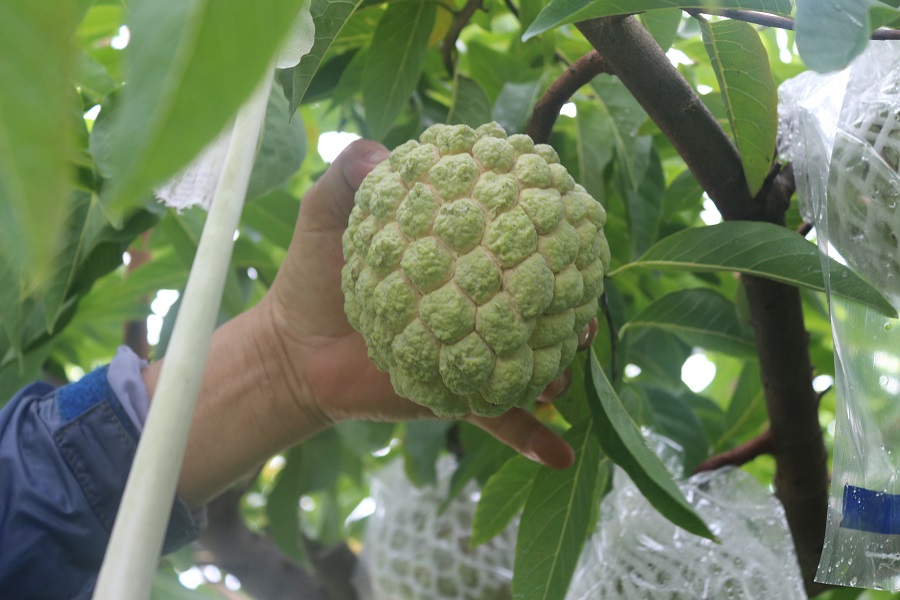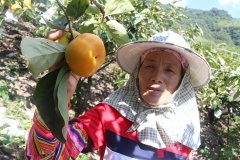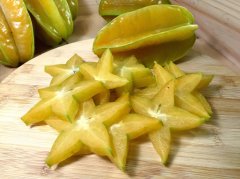Where is the origin of Sakyamuni? Introduction to the nutritional value and taboo preservation methods of Sakyamuni fruit
Do you know the fruit of Sakya? Where does this kind of fruit come from and what is the nutritional value of Sakya?
The origin of Sakya: the origin of Sakya cannot be ascertained. Tropical America was introduced to India from South America in the 16th century AD and was widely planted in India and southern China at the beginning of the 17th century. It also spread to Australia, Polynesia, Hawaii, tropical America, Egypt and Palestine. According to the literature, Taiwan Sakya was introduced when the Netherlands occupied Taiwan, and it has been planted in Taiwan for more than 300 years.
The nutritional value of Sakya: the fruit of Sakyamuni is extremely nutritious, rich in vitamin c, calcium and carbohydrates.
The birth date and origin of Sakyamuni in Taiwan:
The first delivery period is 7 ─ in November (Mid-Autumn Festival), and the second delivery period is 12 ─ in February (Spring Festival).
The common varieties of Sakya are coarse scale species, fine scale species and soft branch species. the main producing areas are Taitung County, Pingtung County and Tainan County, but because of different soil nutrients, the flavor of planting is also different.
The taboos of Sakya:
Sakyamuni is warm and astringent and contains tannins, so do not eat with dairy products or high-protein foods to avoid the formation of indigestible substances. In addition, people with hot physique should not eat more and get angry easily, while Sakya itself has a higher sweetness, so people with diabetes should eat carefully.
The method of preservation and selection of Sakya:
Sakya is a typical climacteric fruit with high respiratory rate, which requires a lot of oxygen and produces a lot of carbon dioxide after ripening, so it must be in a ventilated environment and avoid being placed in plastic bags or confined spaces during post-ripening, otherwise the flesh will turn black and inedible.
Uniform scale: the scale on the surface of pineapple Sakya should be evenly equidistant. If the scale is too crowded, it will have no sweetness and moisture.
Deep fruit grain: the larger the petal of traditional Sakyamuni fruit and the deeper the grain between the petals, the more mature and the thicker the flesh is.
Round fruit: the shape of Sakya fruit is round and complete, with no notches or depressions.

- Prev

What are the characteristics of sweet persimmon varieties and astringent persimmons? Is the composition and nutritional value of persimmon high?
According to the basic introduction of persimmons, persimmons originated in the mainland and have a history of more than 3,000 years. Persimmon is listed as a precious food in the Book of Rites, so it can be seen that persimmons have been eaten for a long time. Persimmon belongs to the persimmon family, and there are many varieties of persimmon.
- Next

What are the nutritional components of carambola? The common carambola varieties in Taiwan who are not suitable for carambola.
Do you like carambola? The nutritional value of carambola is relatively high, so do you know what its nutritional value is? What are the common varieties? Carambola is known as Wu Lianzi, which is commonly known as maple fruit in southern Fujian. Carambola is native to tropical and subtropical regions of Southeast Asia.
Related
- The first cup of black tea in spring, the flavor and history of tea gardens in Kenya, Africa
- The computer can not only choose potatoes, but also grow tea rice. AI will grow winter oolong tea champion.
- It is not only the inflated tea bitten by insects, but also engraved with the four seasons tea in Beipu.
- The Oriental Beauty Tea Festival in Zhuxian County takes the stage at the weekend to experience the plus-size feast of oil tea.
- & quot; Oriental Beauty Tea & Exploration of Emei in Hsinchu, the hometown of quot;
- The new variety of strawberry "Tainong 1" dessert is the first choice with mellow aroma. Crimson gorgeous
- History of Tea in Taiwan: from Wild Inner Mountain to Export Tea Garden
- Two types of Taiwan Oriental Beauty Black Tea won the British three-Star Award for Childhood Tea Xiang Zhang Jiaqi changed from pilot to champion tea maker.
- Banana species and varieties: the planting history of Taiwan Xianren banana and dwarf banana is long, is banana disease resistant?
- Coffee planting Technology: Qianjie Coffee from Seedling to harvesting

